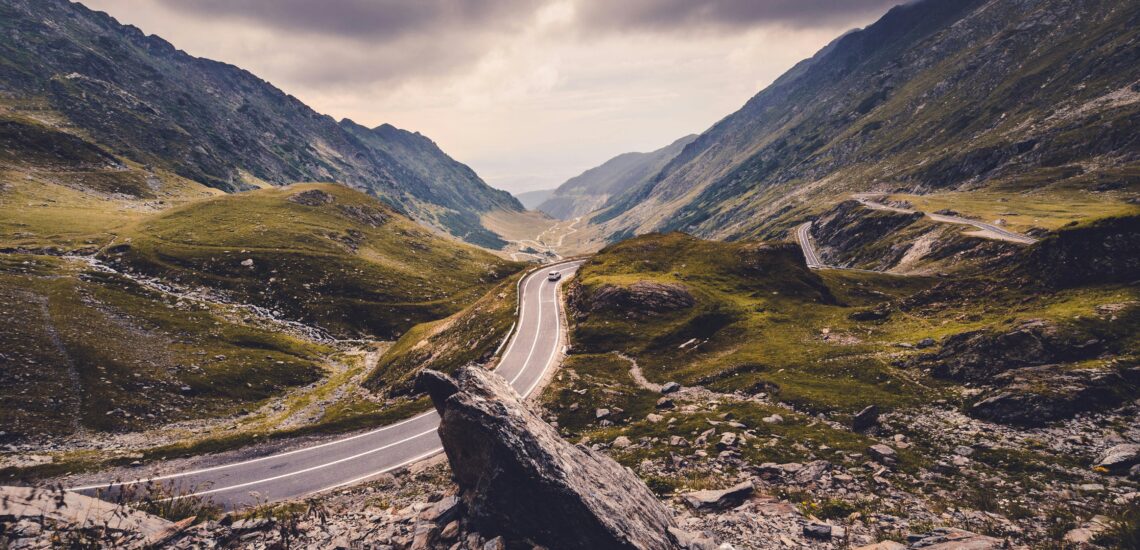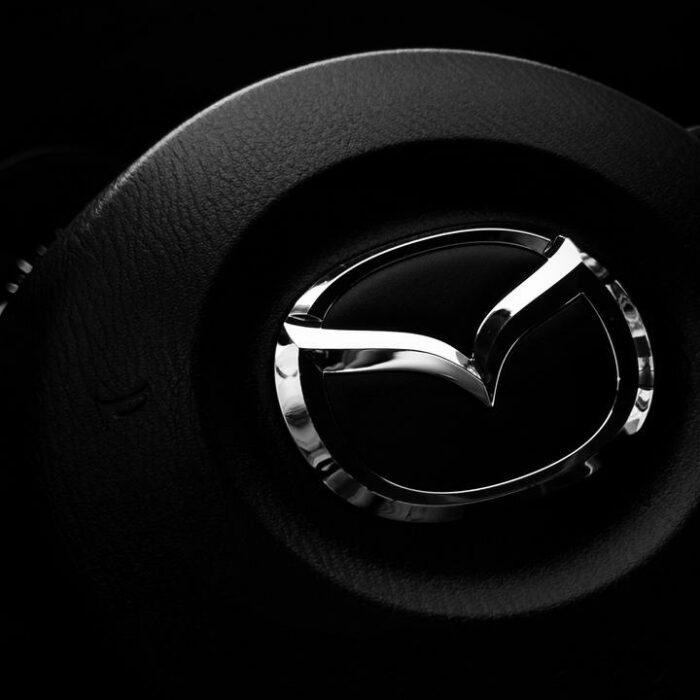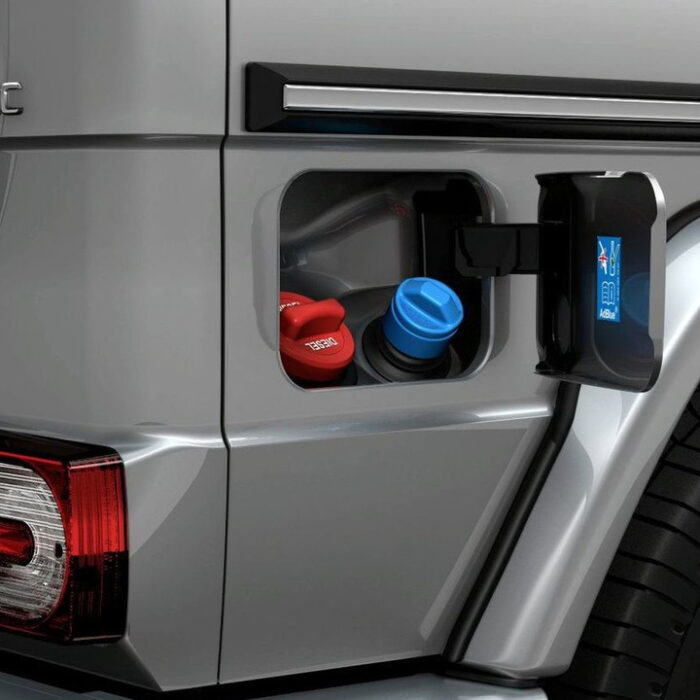Romania, nestled in the heart of Eastern Europe, is a captivating mix of medieval towns, scenic mountains, and folklore that stirs the imagination. It’s a land where history and nature intertwine to create unforgettable experiences. Below, I’ll guide you through Romania’s top destinations, hidden treasures, and practical travel tips to make your visit exceptional.
Best Cities to Visit in Romania
Romania’s bustling capital is a city of contrasts, where Belle Époque grandeur meets communist-era architecture. The massive Palace of Parliament stands as the world’s heaviest building – book a guided tour to explore its grandiose halls and underground tunnels. The charming Old Town (Lipscani) comes alive at night with restaurants serving traditional Romanian cuisine like sarmale at historic Caru’ cu Bere. For a peaceful escape, spend time in Herastrau Park or visit the fascinating Village Museum for a glimpse of traditional rural life. Don’t miss the stunning Carturesti Carusel bookstore and the Romanian Athenaeum concert hall. Best visited in spring or early fall, Bucharest offers excellent value with its mix of history, culture, and vibrant nightlife.
Pro tip: The city’s third-wave coffee scene and hidden speakeasy bars are worth exploring, while the extended Palace tour including the rooftop terrace offers the best city views.
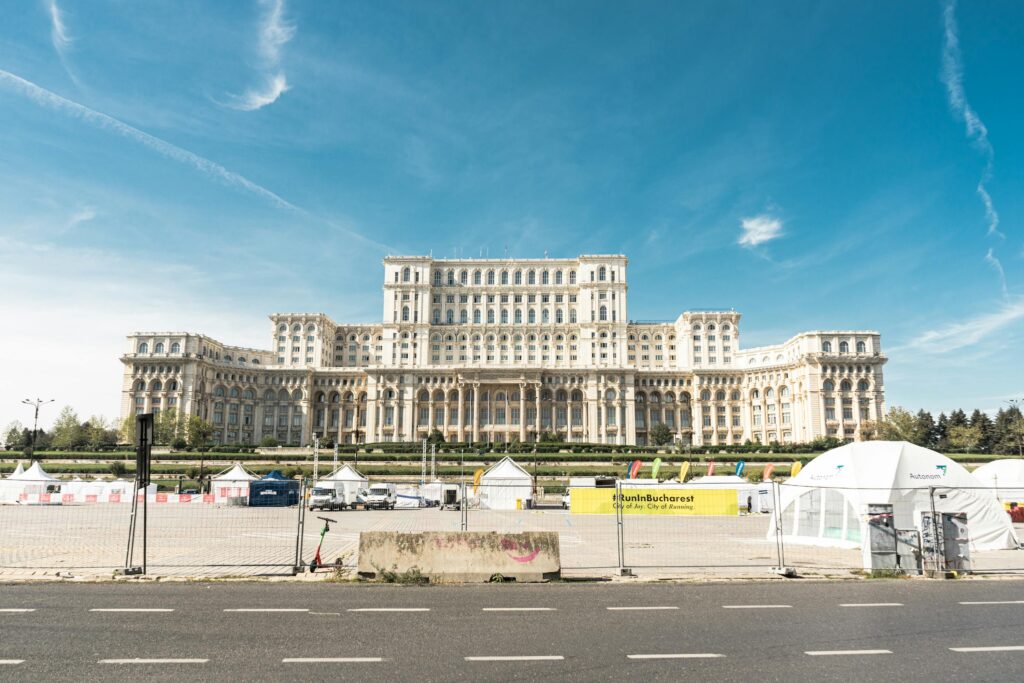
Brașov
Nestled in the Carpathian Mountains, Brașov is a fairytale medieval city with cobbled streets and colorful facades. The Gothic Black Church (Biserica Neagră) dominates the main square with its imposing architecture and collection of Oriental carpets. Take the cable car or hike up Tampa Mountain for spectacular city views and photos by the Hollywood-style Brașov sign. Don’t miss walking through Rope Street (Strada Sforii), one of Europe’s narrowest streets at just 1.3 meters wide. The city serves as a perfect base for exploring Transylvania’s famous castles – Bran (of Dracula fame) and the fortress of Râșnov are just short trips away. In winter, the nearby Poiana Brașov resort offers excellent skiing, while summer brings hiking and mountain biking opportunities in the surrounding mountains.
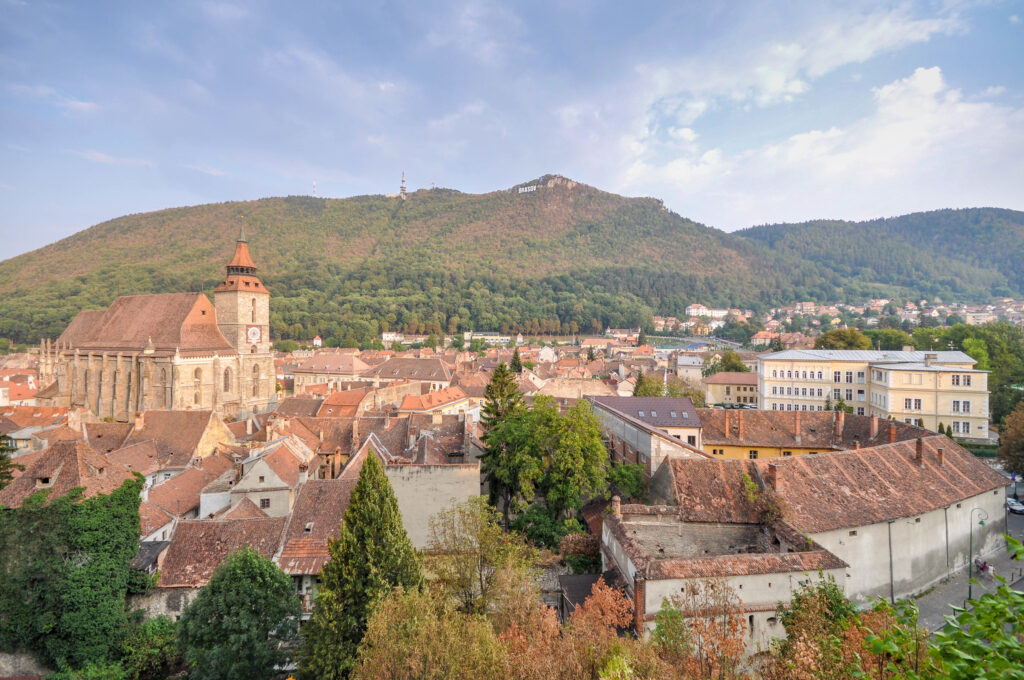
Cluj-Napoca
Often called the cultural capital of Transylvania, Cluj-Napoca is a lively city brimming with youthful energy, thanks to its large student population. The Union Square (Piața Unirii) is its beating heart, surrounded by baroque and Gothic architecture. Highlights include the St. Michael’s Church and the modern Art Museum. The bohemian vibe of the city’s cafes and bars made it one of my favorite places to unwind after exploring.
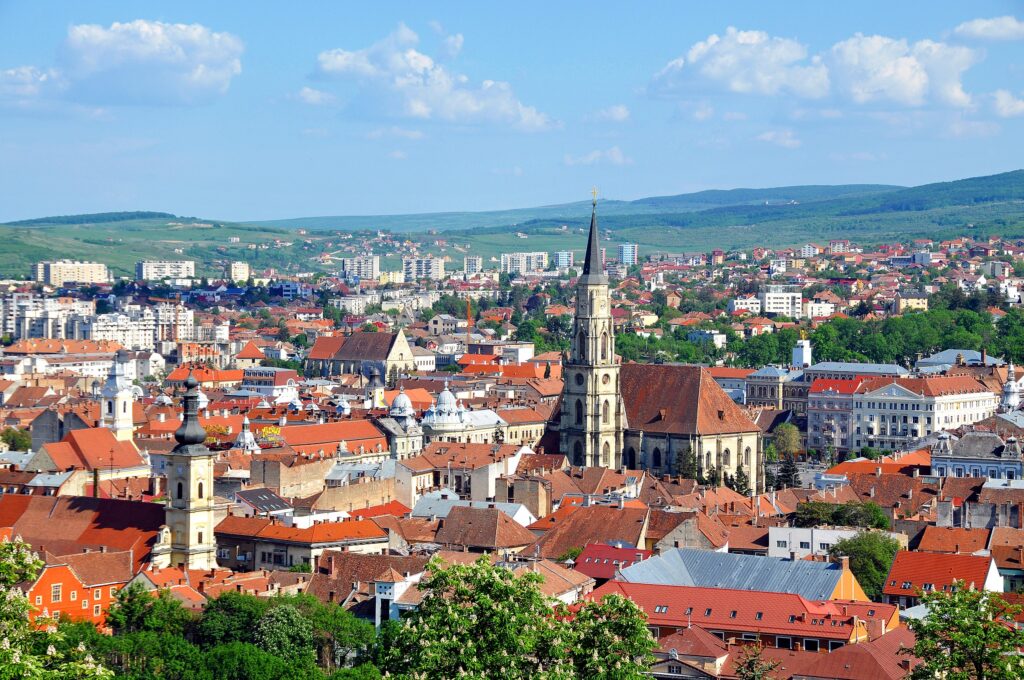
Sibiu
Famous for its well-preserved medieval charm, Sibiu feels like stepping back in time. The Grand Square (Piața Mare) buzzes with cafe life and hosts colorful festivals throughout the year, while the iconic Bridge of Lies comes with fascinating local legends. The city’s unique architecture features distinctive rooftop windows resembling watchful eyes, earning Sibiu the nickname “the city with eyes.” Explore the three connected squares of the Old Town, climbing the Council Tower for panoramic views of the red-tiled roofs. The Lower Town, connected by steep passages and stairways, offers a more authentic glimpse of local life. For a taste of traditional cuisine, try the local restaurants in small squares, where you can sample Transylvanian specialties like sarmale and covrigi.
Pro tip: Visit during sunset when the medieval walls glow golden, and don’t miss the ASTRA open-air museum just outside the city, showcasing traditional Romanian village life.
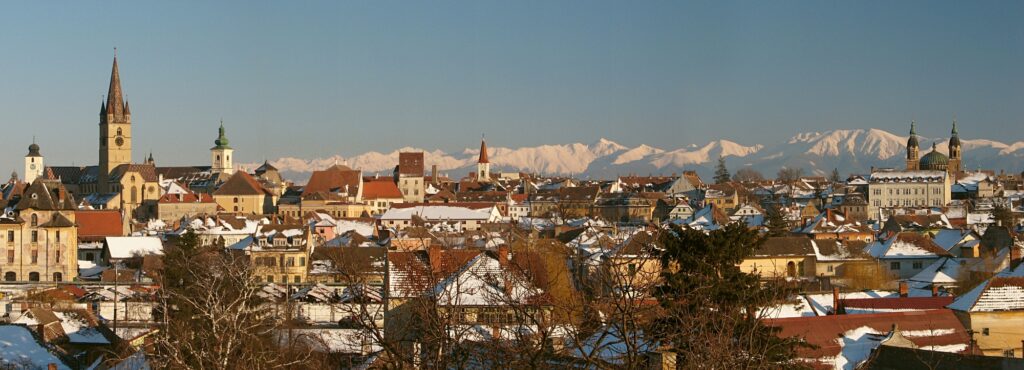
Natural Attractions in Romania
The Carpathian Mountains
The Carpathians are Romania’s crowning glory, offering a paradise for nature lovers. One of the highlights is the Transfăgărășan Highway, often called the world’s most beautiful road. This winding route takes you through breathtaking peaks and past glacial lakes, like Balea Lake. If you’re into hiking, the Bučegi Mountains offer trails that lead to unique rock formations like the Sphinx and Babele, shrouded in local legend.
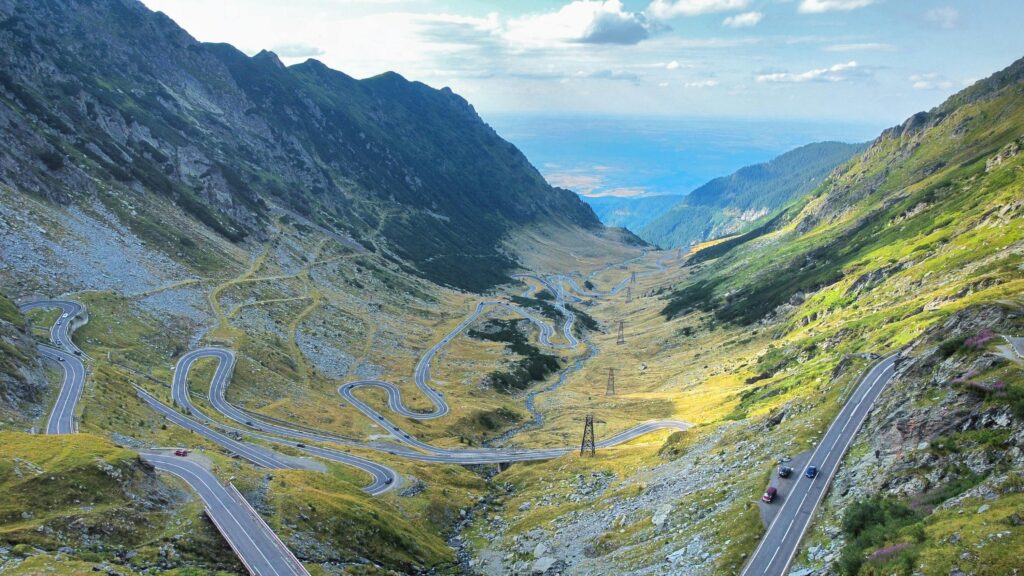
Danube Delta
A UNESCO World Heritage Site, the Danube Delta is one of Europe’s last great wildernesses. It’s a labyrinth of waterways, home to over 300 bird species and rare aquatic life. During my boat tour, I marveled at pelicans soaring overhead and fishermen casting nets in traditional wooden boats. The tranquility here feels like stepping into another world.
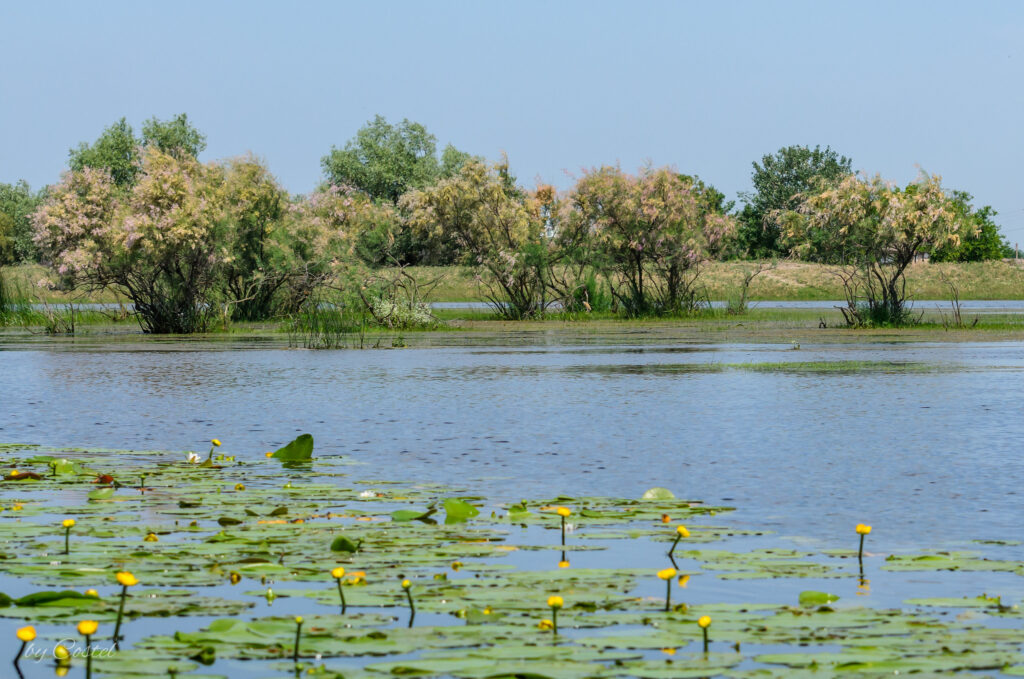
Turda Gorge (Cheile Turzii)
Near Cluj-Napoca lies this spectacular natural reserve, where limestone cliffs tower up to 300 meters high along a winding river canyon. The 3km trail through the gorge offers stunning views of dramatic rock formations and diverse flora, making it perfect for both casual walks and serious hiking. Rock climbers will find over 200 marked routes on the cliff faces. Along the way, small caves and water-carved formations add to the adventure, while the crystal-clear river provides peaceful resting spots. The gorge is particularly beautiful in spring when wildflowers bloom, and in autumn when the surrounding forest turns golden.
Combine your visit with the nearby Turda Salt Mine for a full day of natural wonders, and bring good walking shoes as some trail sections can be slippery after rain.
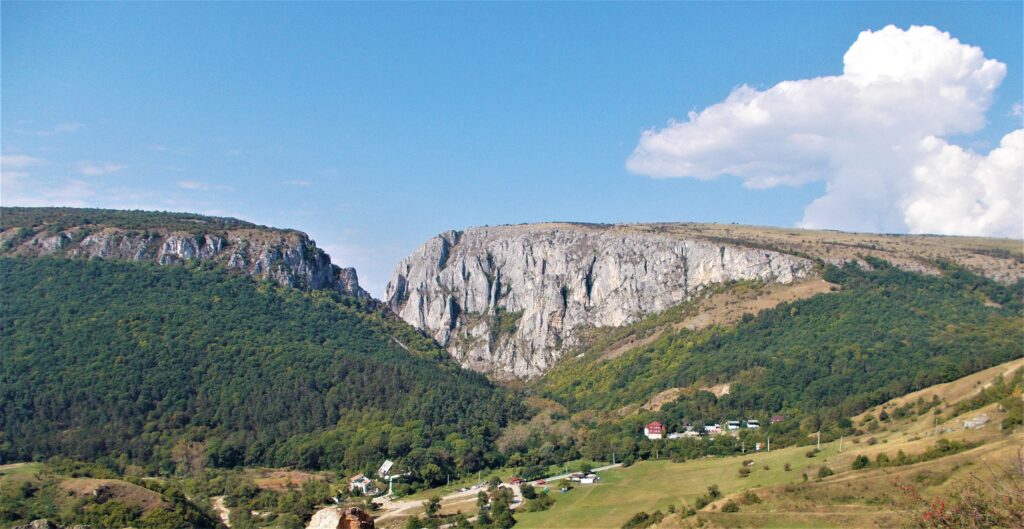
Historical and Significant Sites
Bran Castle
Often associated with the Dracula legend, Bran Castle’s real appeal lies in its picturesque location and medieval architecture. Perched on a rocky hill, it offers a fascinating museum and a glimpse into Romania’s royal history. Despite its fame, it’s not overly commercialized, and walking through its narrow staircases felt like stepping into a gothic novel.
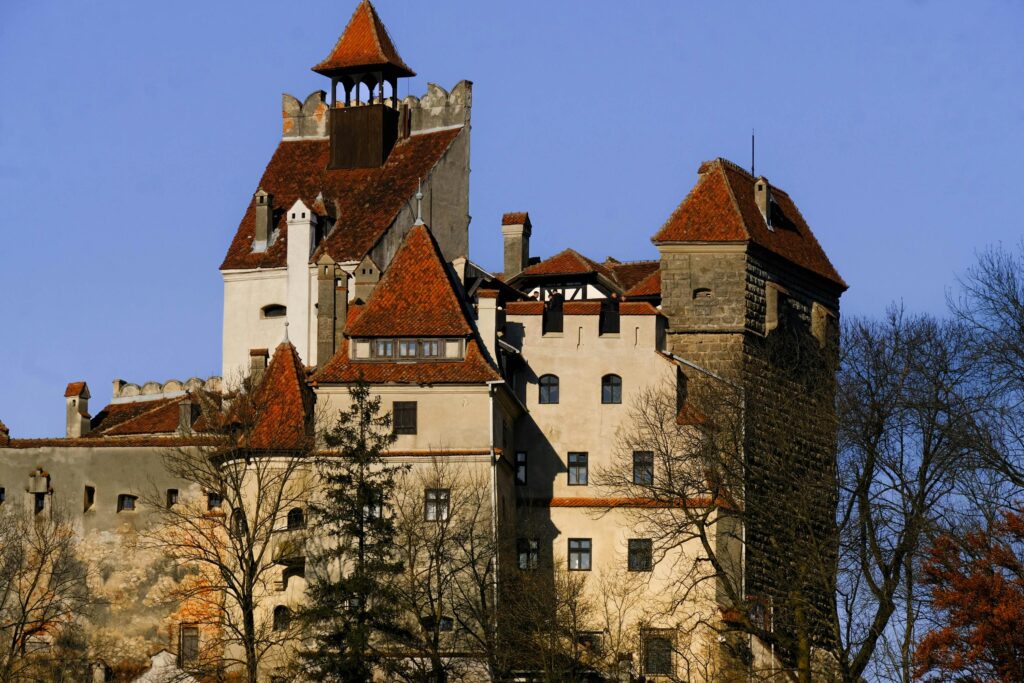
Corvin Castle (Castelul Corvinilor)
Located in Hunedoara, this Gothic-Renaissance castle is one of Europe’s largest. Its drawbridges, imposing towers, and grand halls are straight out of a medieval fantasy. When I visited, I was particularly intrigued by the legends surrounding its dungeons.
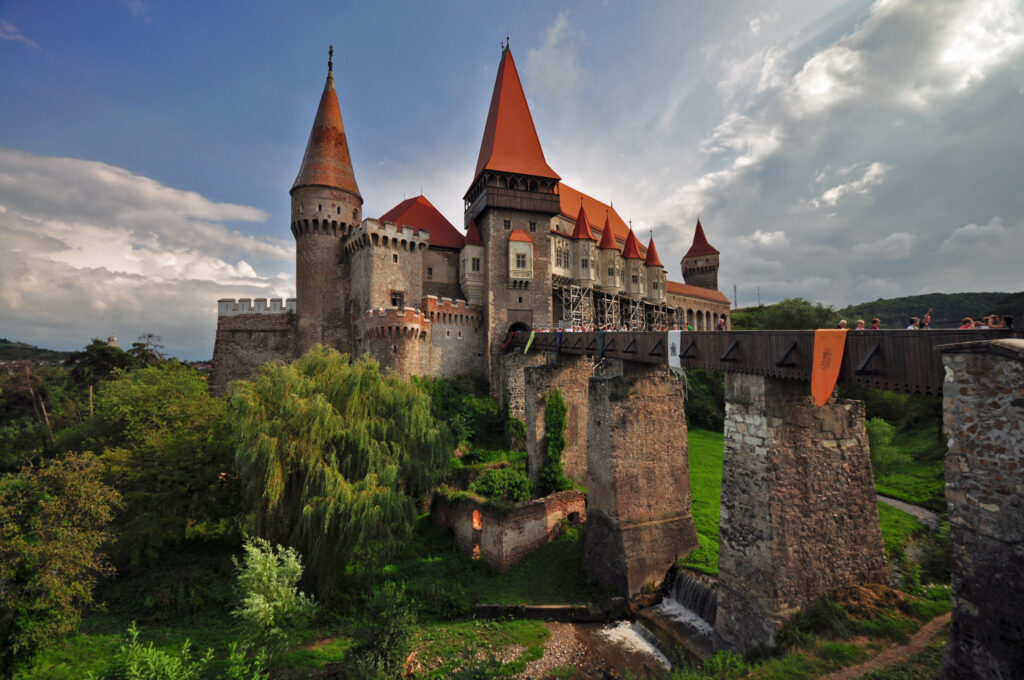
Sighișoara
This perfectly preserved UNESCO-listed medieval town transports visitors back centuries with its cobblestone streets and colorful 16th-century houses. The iconic Clock Tower, still functioning after 500 years, offers panoramic views of the citadel and surrounding countryside. As the birthplace of Vlad the Impaler (the inspiration for Dracula), you can visit his childhood home, now a restaurant and small museum. Wander the ancient citadel walls, climb the covered Scholar’s Stairs to the Church on the Hill, and explore the nine surviving defensive towers, each historically maintained by different craftsmen’s guilds. The annual Medieval Festival in July brings the town’s rich history to life with knights’ tournaments, traditional crafts, and medieval music.
Stay overnight to experience the magical atmosphere after day-trippers leave, and try traditional Saxon cuisine at one of the atmospheric restaurants in pastel-colored houses along the main square.
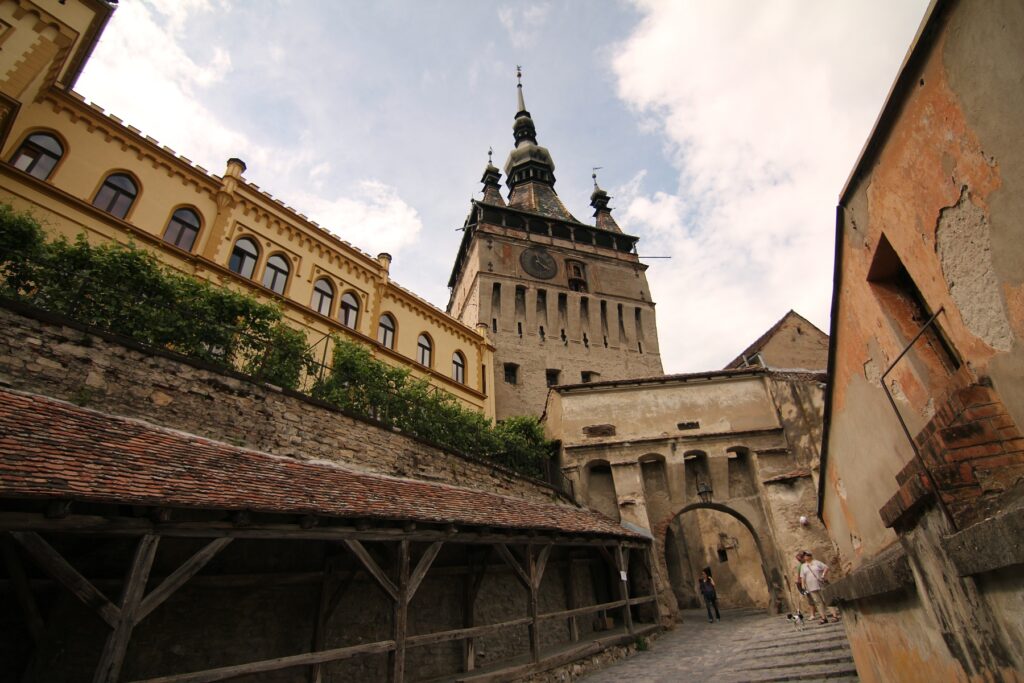
Merry Cemetery (Cimitirul Vesel)
In the village of Săpânța, this unique cemetery features colorful tombstones with witty epitaphs. It’s a testament to the Romanian perspective on life and death, blending humor with tradition. Walking through this cheerful place, I was struck by how it celebrates life rather than mourning death.
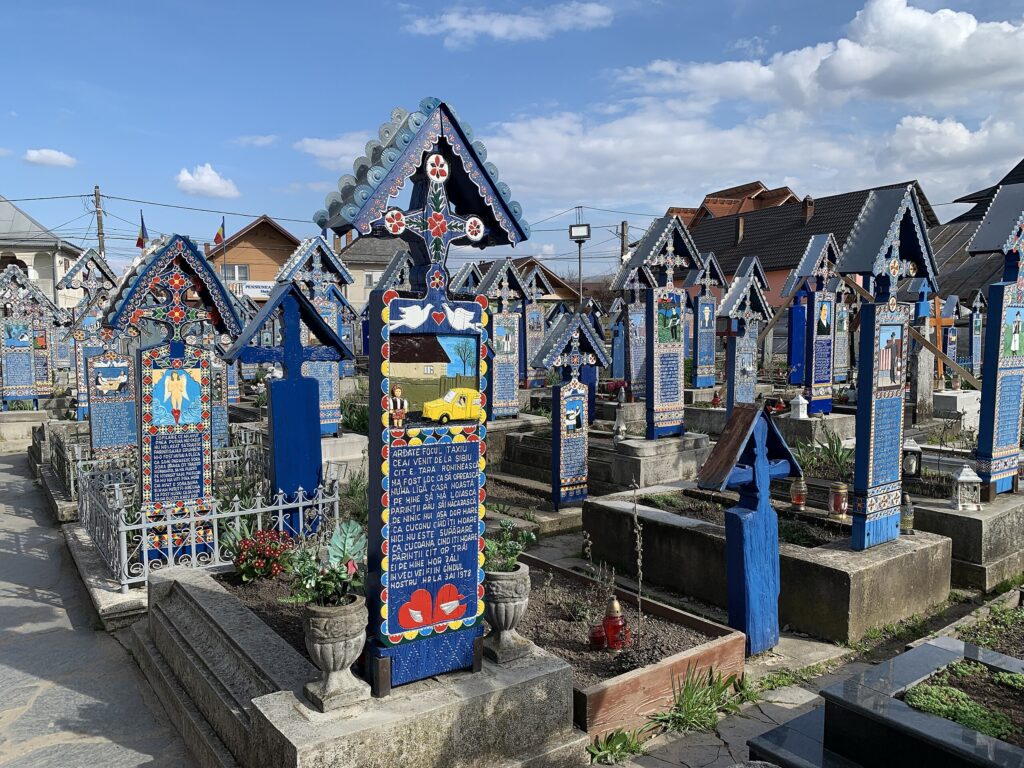
Hidden Gems
Viscri Village
This remote Saxon village, now a UNESCO World Heritage Site, captures the essence of traditional Transylvanian life. The 12th-century white fortified church stands proudly on a hill, offering views over red-tiled roofs and the rolling countryside. Thanks to preservation efforts, including those by King Charles III (who owns a traditional guesthouse here), the village maintains its authentic charm with dirt roads, traditional blue-painted houses, and locals still practicing ancient crafts. Watch village women make wool socks and felt slippers, or see the local blacksmith at work. In summer, you might catch the sight of local shepherds leading their flocks through the village streets at dusk.
Stay in one of the carefully restored traditional houses turned guesthouses for a true rural experience, and try homemade Saxon dishes prepared by local families. The fortified church’s tower offers the best sunset views over the village.
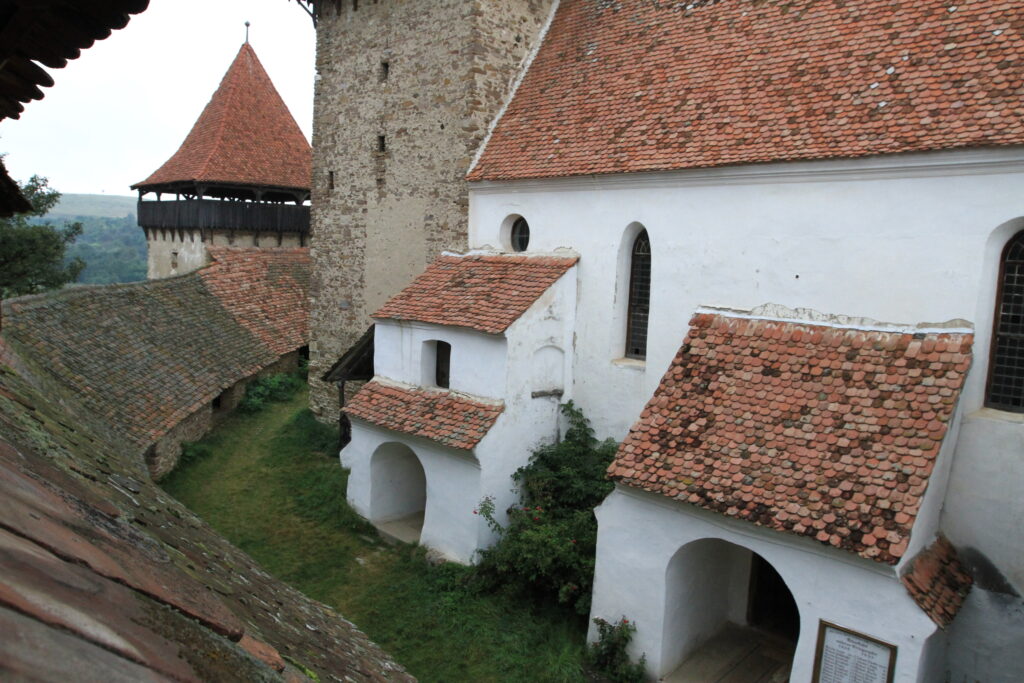
Apuseni Mountains
A hidden gem in Western Transylvania, the Apuseni Mountains offer pristine wilderness perfect for adventure seekers. The star attraction, Scarisoara Cave, houses one of Europe’s largest underground glaciers, with ice formations dating back thousands of years. This karst region is a paradise for cavers, with over 400 discovered caves including Bears’ Cave with its ancient bear fossils. Hiking trails wind through beech forests and limestone formations, leading to spectacular waterfalls and viewpoints. Traditional mountain villages still preserve old ways of life, where local “moți” people practice woodworking and gold panning.
Visit in both seasons – summer for hiking and exploring mountain villages, winter for cross-country skiing and ice cave formations. Base yourself in Padis for easy access to the region’s best trails and caves. Remember to bring a warm jacket even in summer, as cave temperatures stay near freezing.
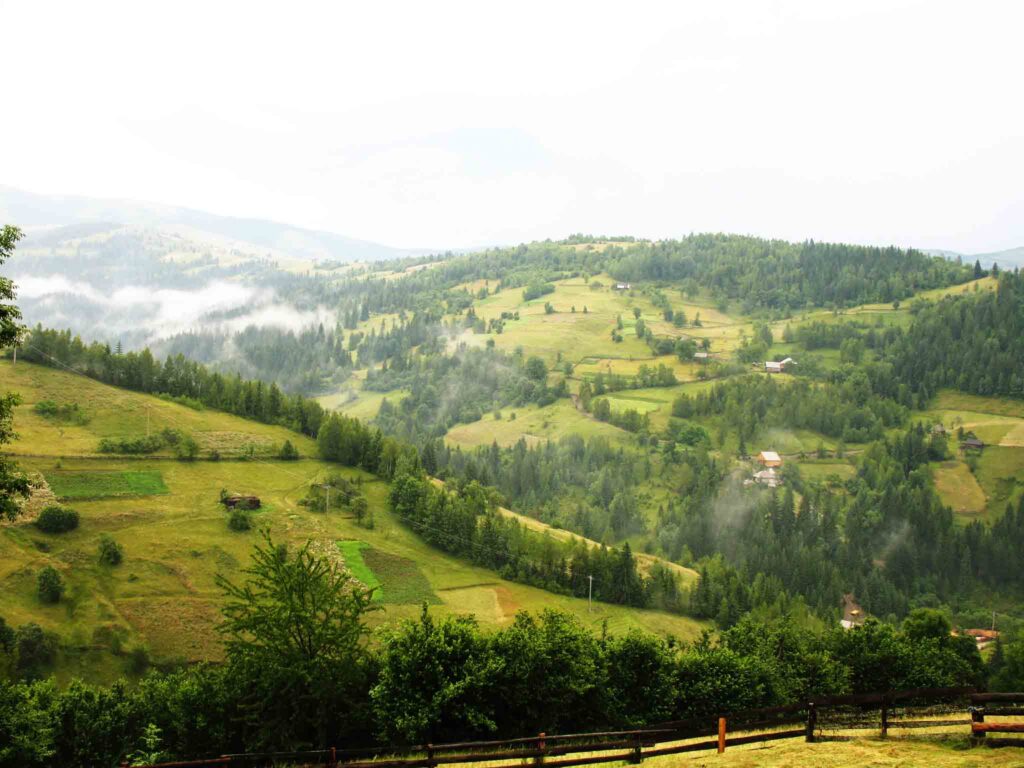
Maramureș
This remote northern region preserves Romanian village life as it has existed for centuries. Famous for its UNESCO-listed wooden churches with uniquely tall spires, Maramureș feels like an open-air museum where traditions remain alive. The Merry Cemetery in Săpânța stands out with its colorful tombstones telling stories of the departed through folk art and humorous poems. Traditional wooden gates, intricate wood carvings, and hand-woven textiles showcase local craftsmanship passed down through generations. In villages like Breb and Botiza, you’ll find locals wearing traditional dress daily, not just for tourists, while the countryside is dotted with picturesque haystacks built using ancient techniques.
Stay in a traditional wooden house turned guesthouse to experience authentic hospitality, homemade țuică (plum brandy), and hearty local cuisine.
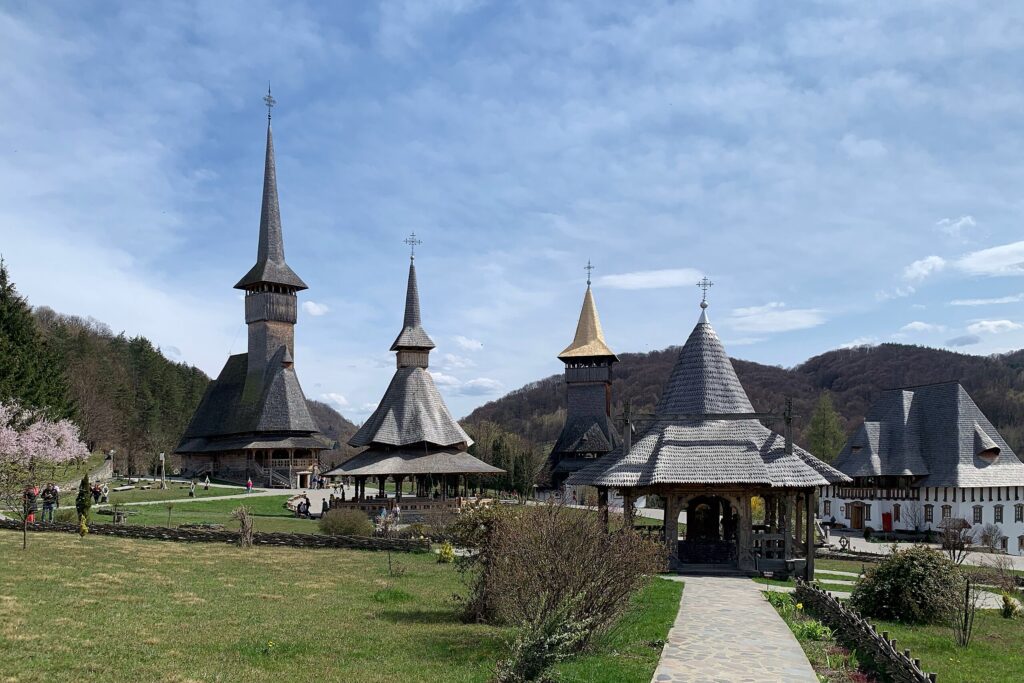
Practical Tips for Travelers
- Car Rental and Driving: Romania’s scenic roads are best explored by car, especially the Transfăgărășan and Transalpina highways. An International Driving Permit (IDP) is recommended for non-European travelers.
- Seasonality: Spring and autumn are ideal for city exploration and hiking, while summer is perfect for the mountains and the coast. Winter brings snow sports in the Carpathians and festive Christmas markets.
- Accommodation: Opt for family-run guesthouses or boutique hotels for an authentic experience. Prices are generally budget-friendly compared to Western Europe.
Romania’s charm lies in its diversity. From the bustling streets of Bucharest to the serene beauty of the Danube Delta, every corner has a story to tell. Pack your bags and prepare to be enchanted by this incredible country.

Published January 12, 2025 • 9m to read

